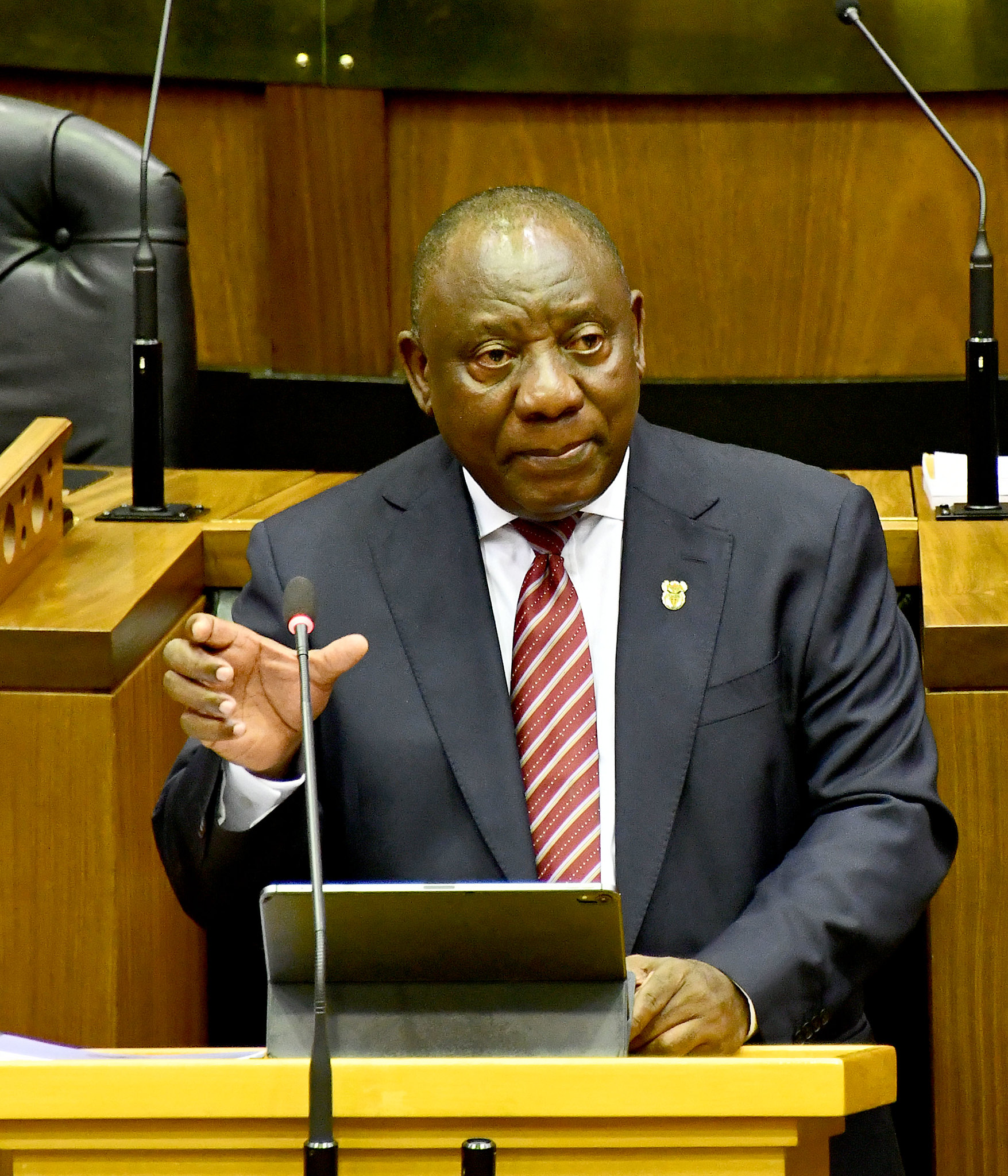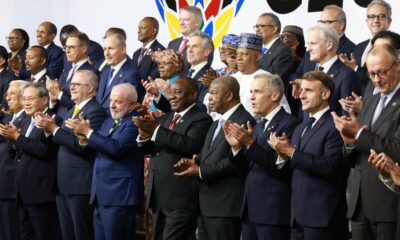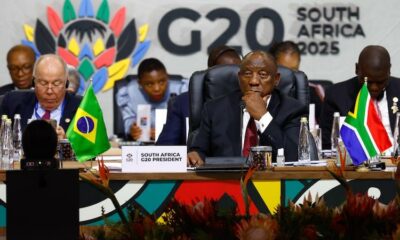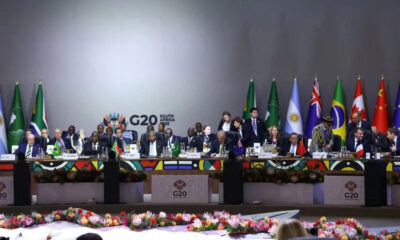News
Ramaphosa’s 10-Point Plan: Inside the ANC’s New Push to Fix South Africa’s Ailing Economy

A President Under Pressure to Deliver
Standing before ANC leaders at the Birchwood Hotel in Ekurhuleni, President Cyril Ramaphosa didn’t mince his words. South Africans, he said, are living through an “unacceptable” reality, one defined by poverty, joblessness, and the suffocating cost of living.
It was during this special ANC National Executive Committee (NEC) meeting that Ramaphosa unveiled what he called a 10-point economic recovery plan, an ambitious blueprint aimed at jolting the sluggish economy back to life and restoring public confidence.
The move comes amid mounting frustration over slow growth, rolling unemployment, and widespread disillusionment with the ANC’s economic track record. “We must accelerate the pace and massively scale up our efforts,” Ramaphosa told attendees. “We will focus on implementation and delivery.”
The Big Picture: Tackling a Triple Threat
Ramaphosa framed the plan around three urgent priorities, inclusive growth and job creation, reducing poverty and the cost of living, and building a capable, ethical state.
The interventions, he explained, are not about starting over but building on existing progress: stabilising Eskom’s grid, improving Transnet’s operations, and unlocking R1 trillion in infrastructure investment.
Still, the president admitted what many South Africans already know, the impact of these efforts “has yet to be felt” in people’s daily lives.
The 10 Points: What Ramaphosa’s Plan Promises
Here’s a closer look at what the president says will change:
1. Cheaper Power, More Growth
Ramaphosa wants to use electricity tariffs strategically to stimulate industry, particularly ferrochrome, manganese, and steel producers and to fast-track the rollout of 14,500 kilometres of new transmission lines.
2. Fixing Freight and Logistics
A revival of Transnet sits high on the agenda, with private sector participation and corridor upgrades forming part of the plan to unblock export delays and restore reliability to ports and rail.
3. Reviving Chrome and Manganese
Export tariffs will be finalised, and defensive duties introduced to protect local industries while boosting alloy and battery precursor production,, positioning South Africa within the global green economy.
4. Strengthening the State’s Project Capacity
Infrastructure projects will be better managed through a professionalised project management cadre and a cross-government coordination unit to prevent costly delays.
5. Investing in Townships and Small Towns
Local economies will get a lift through municipal economic development units and linked infrastructure spending, a nod to South Africa’s informal economy and the need to revive smaller urban centres.
6. Scaling Up Public Employment and Skills Training
The Presidential Employment Stimulus will be expanded, focusing on artisans, apprenticeships, and industrial reskilling to prepare workers for modern industries.
7. Empowering SMMEs
Small businesses will see increased concessional financing and better market access, with development finance institutions repositioned as catalytic investors.
8. Boosting Provincial Growth Beyond the Big Cities
Expect renewed investment in industrial parks, agro-processing, light manufacturing, textiles, and the cannabis sector all tied to localisation targets and regional trade corridors.
9. Expanding Trade Partnerships
Ramaphosa signalled plans to strengthen exports through the African Continental Free Trade Area (AfCFTA), as well as with BRICS and other emerging partners. A special industrial support package will assist industries hit by global tariff shifts.
10. Coordinated Fiscal and Monetary Policy
To ensure all of this holds together, Ramaphosa wants tighter coordination between Treasury, the Reserve Bank, and trade departments, backed by pension fund investment in catalytic infrastructure.
A War Room for the Economy
Perhaps the most striking announcement was the creation of an Economic War Room in the Presidency, designed to coordinate progress, monitor delivery, and publish public “scorecards.”
“This is about urgency,” Ramaphosa said. “Fundamental to our success is sound governance and that means professionalisation and merit-based appointments will be non-negotiable.”
Optimism Meets Skepticism
While the ANC’s new plan sounds comprehensive, public reaction has been mixed. On X (formerly Twitter), some users praised the focus on infrastructure, SMMEs, and energy stability, calling it “a long-overdue blueprint.” Others, however, dismissed it as “another list of promises without timelines or teeth.”
Economic analysts point out that South Africa has seen multiple recovery plans before, from the Reconstruction and Development Programme (RDP) in the 1990s to the Economic Reconstruction and Recovery Plan (ERRP) of 2020, few of which have delivered sustained impact.
This time, the difference, Ramaphosa insists, will be execution. “We will focus on delivery,” he repeated, perhaps aware that for millions of South Africans, the time for talk has long passed.
President Cyril Ramaphosa has unveiled a sweeping 10-point economic plan to tackle South Africa’s unemployment crisis, poverty, and rising cost of living. The plan focuses on energy reform, infrastructure investment, and empowering small businesses, backed by a new Economic War Room in the Presidency to track delivery.
{Source: IOL}
Follow Joburg ETC on Facebook, Twitter , TikTok and Instagram
For more News in Johannesburg, visit joburgetc.com

























